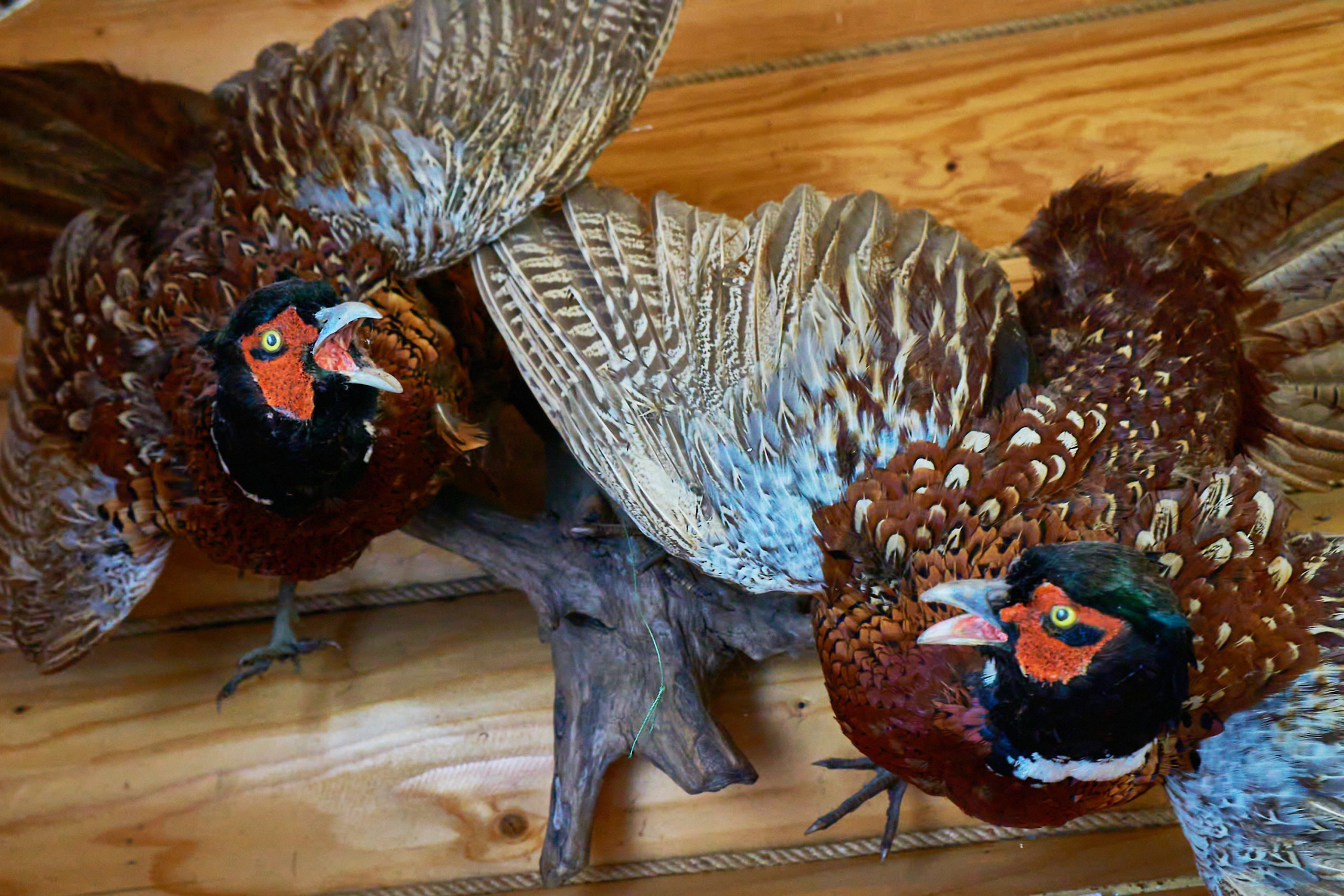Field Techniques for Taxidermy Bird Mounts

Field Techniques for Top-Notch Bird Taxidermy Mounts
Whether you are new to hunting or a lifelong hunter, there is one guarantee, you will form many memories over the years hunting! You can capture these memories in a variety of ways such as pictures, journaling, storytelling, etc. One great way to forever capture the moment from a hunt is to get your trophy to a taxidermist. I am lucky enough to have a father that does bird taxidermy for a hobby. Going back to my younger years, I would find my dad in the basement during the off season working on a bird or two. My dad gave me some great tips and tricks to get my harvest safely from the field to the freezer so it would be ready for him to work on post season.
What you do, or don’t do in the field has a huge impact on the potential of your mount! You want to take these tips from a taxidermist to ensure you have your best mount available. Look at the bird and remember the rush of adrenaline, the smell of gunsmoke, and the friends and family with you hunting. You don’t want to cringe because you did not do your job after the shot.
Feather Damage
Most of us hunt with the help of bird dogs (with the exception of turkey and deer hunting). If it’s possible, one tip is to get to the game before the dog. If you cannot, try to get the dog under control and back to you as quickly as possible to limit damage to feathers and game. This can be easier said than done as sometimes this can become a fun game for the dogs, especially with younger dogs.
For upland birds, it is important to try to keep them dry and out of water. For waterfowl, this is not as important as their skin is a lot thicker and their feathers are designed to bead water off. Additionally, water and dirt promote bacteria growth, and accelerate the decaying process. This can lead to the feathers slipping.
Transporting Your Birds
Once you have the game secure and back to the truck, you will need to prep it for transit. Lay the feathers, nice and flat in their “normal” position. If anything is fluffed up or got tampered with during retrieval or transit from the field, smooth these areas out. If there is any fresh blood on the bird, gently wipe as much of it off with a wet paper towel, or washcloth while being as gentle as possible to not damage the feathers. This will make it easier for the taxidermist so they don’t have to do as much washing of the bird to prep it. Once you have the feathers laid flat, and the bird is relatively clean, you can put a tissue in the bird’s mouth to try to stop bleeding. Also tuck its head underneath a wing, forming a “football” shape with the bird’s body.
This will help protect everything during storage and in the freezer.
There are a few ways that you can transport/store the bird in your freezer until it reaches the taxidermist. A couple things that work well are an old bread sack or a nylon pantyhose. Pantyhose is tight, so it keeps all the feathers and everything nice and smooth/uniform. If you do not have these with you, a grocery sack, a Ziploc bag, or even a trash bag will also work. It is very important to keep the bird in that “football” shape in the corner of the sack and then tightly wrap the sack around the bird so it cannot move/slide around.
Find A Reputable Taxidermist
Once your trophy secure, the next step (if not already done) is to find a quality taxidermist. Not all taxidermist are created equal, and they do not all work on every species. This is where it is critical to do your homework. You want to find a reputable taxidermist who has experience in the species you want mounted. You will also want to know what pose you are going to want your mount done in and communicate that to the taxidermist. Look online and find some ideas about the pose, so you are ready to pick out the form and convey your idea to the taxidermist. You need to be able to communicate exactly the pose and the vision you have.
The last step is to sit back and wait patiently for your mount to come back from the taxidermist. This can take anywhere from 3 to 24 months depending on the quality, size of game, pose and how busy the taxidermist is.
The best part comes after patiently waiting and finally getting the call that your mount is ready to come home. Find a nice place to display your new trophy and let the memories unfold as you share that story and many others of your time hunting.
By Nick Martin
Check out this article for some DIY Taxidermy projects to try out
Also, if you were looking for the digital version of the Iowa Sportsman October 2024
Looking for our Cattle/Dairy side of things

